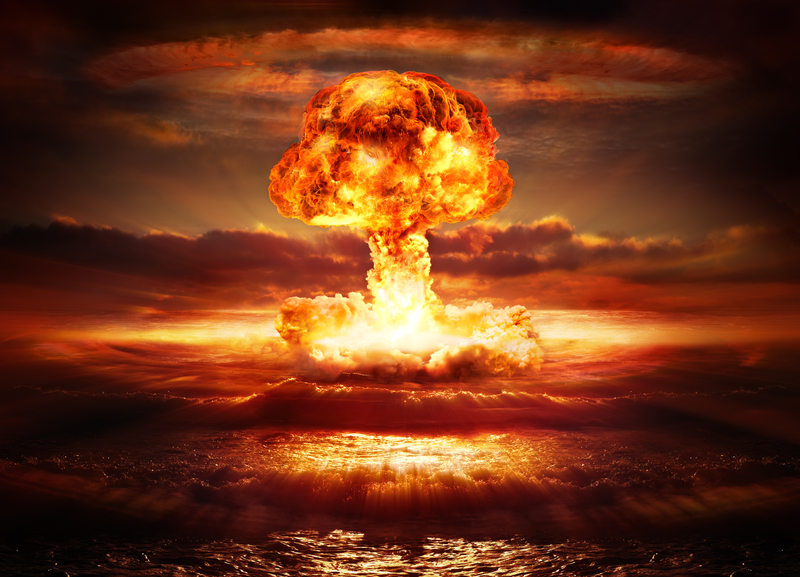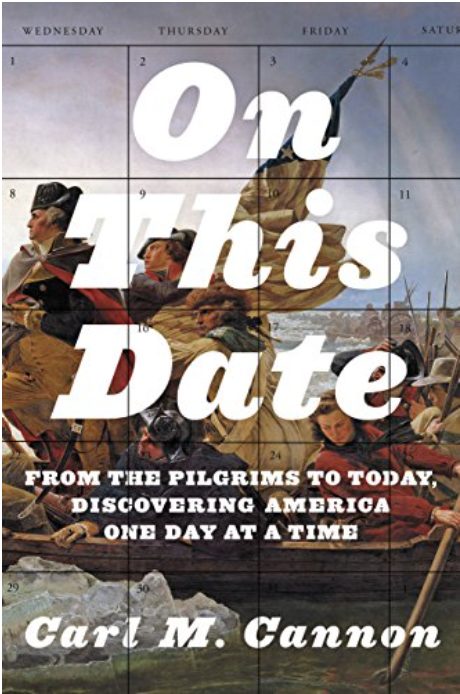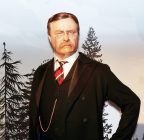Great American Stories: The Manhattan Project

On Dec. 2, 1942, Harvard President James B. Conant, the man essentially functioning as White House science adviser, took an urgent call from University of Chicago physicist Arthur H. Compton. Tweet

On Dec. 2, 1942, Harvard President James B. Conant, the man essentially functioning as White House science adviser, took an urgent call from University of Chicago physicist Arthur H. Compton. Compton was chairing a National Academy of Sciences’ committee studying the possible wartime uses of atomic energy. Conant was chairman of the National Defense Research Committee, which was actively overseeing experiments in nuclear fission.
Knowing the sensitive nature of the topic they were discussing, the men used an impromptu code that alluded to Christopher Columbus’ voyage across the Atlantic Ocean 450 years earlier.
“The Italian navigator,” Compton said, “has landed in the new world.”
“How were the natives?” replied Conant.
“Very friendly,” came the reply.
The men were talking about the results of an experiment that had taken place in a laboratory below Stagg Field at the University of Chicago. The “Italian navigator” was Enrico Fermi; he and his team had produced fission. Like Columbus, Fermi was Italian. He was a 37-year-old professor in theoretical physics at the University of Rome when he won the Nobel Prize in 1938 for his work demonstrating the artificial radioactivity produced by neutrons.
Although Fermi was not Jewish, his wife was, so she traveled with her husband to Sweden to accept the physics prize. Determined to escape fascism, they never returned to Italy, emigrating — it felt more like escaping — to the United States.
Fermi set up his lab at Columbia University but migrated to the University of Chicago after war broke out, and eventually to Los Alamos, N.M., and the Manhattan Project. The task of harnessing the atom — and turning it into a weapon of mass destruction — was viewed by these researchers as a race for the survival of civilization: i.e., a race against the scientists of the Third Reich.
America’s top physicists, many of them European émigrés, felt the need to directly convey to President Roosevelt their fear that Nazi Germany would develop a doomsday weapon first.
In 1939, Edward Teller and Leo Szilard made a trek to Albert Einstein’s home in Princeton, N.J. They carried a letter drafted by Szilard intended for Roosevelt, which made that very point.
It explained that a new area of physics had opened the possibility of “the construction of extremely powerful bombs of a new type,” and told of German scientific advances in the field. Teller and Szilard believed only Einstein’s signature would ensure that the warning would be read by FDR personally. So Einstein signed it — and, as foreseen, the letter made its way to the president’s desk.
From that point, the scientists’ work progressed, leading to Fermi’s successful experiment, Compton’s phone call to Conant, an ominous flash that turned early morning darkness into daylight in the New Mexico desert, and then (on orders from President Harry Truman) to deadly mushroom clouds over the obliterated Japanese cities of Hiroshima and Nagasaki — and finally, an end to the Second World War.
Carl M. Cannon is the Washington bureau chief for RealClearPolitics. Reach him on Twitter @CarlCannon.






